I disassembled a cheap tweeter because I wanted to use only the inner part of it since it is just about 5mm tall (1/4 inch). I thought the coil that surrounds it was just a cheap inductor to "short out" low frequency and protect the tweeter.
Turns out that when I connected only the piezo with the capacitor in series, it sounded lower in frequency and loudness. I could verify this using a phone app called "Spectroid" and comparing it to the other unit that came in the same package and was still undamaged. It appeared to make no difference if I included the capacitor in series with the piezo or not.
How can this coil do that? On close inspection I noticed it connects on three points which means it is actually two coils with one common connection.
These units are made as cheaply as possible, (it costs about US$1.50 a pair), so I think the coils are there for some real purpose, and it appears that it somehow make the tweeter more sensitive/louder.
¿How does it make the unit louder and how does it make it shift the frequency response up?
This picture shows the empty casing, the undamaged inner assembly to the right and, on the left, the plastic dome with piezoelectric driver adhered inside it, with a small pcb and capacitor under it: (AAA cell for scale)
This picture shows a closeup of the pcb. The arrows mark the point where the coils are connected. The one near 7 o'clock position has two wires going to the coils. The piezo is connected to the pads positioned at 12 and 6.
This is my attempt at a schematic for the whole unit as far as I can see:




